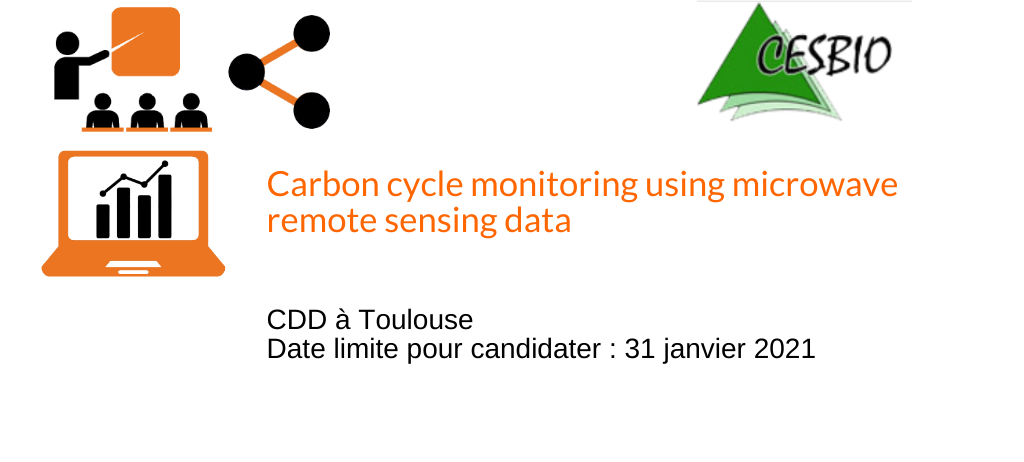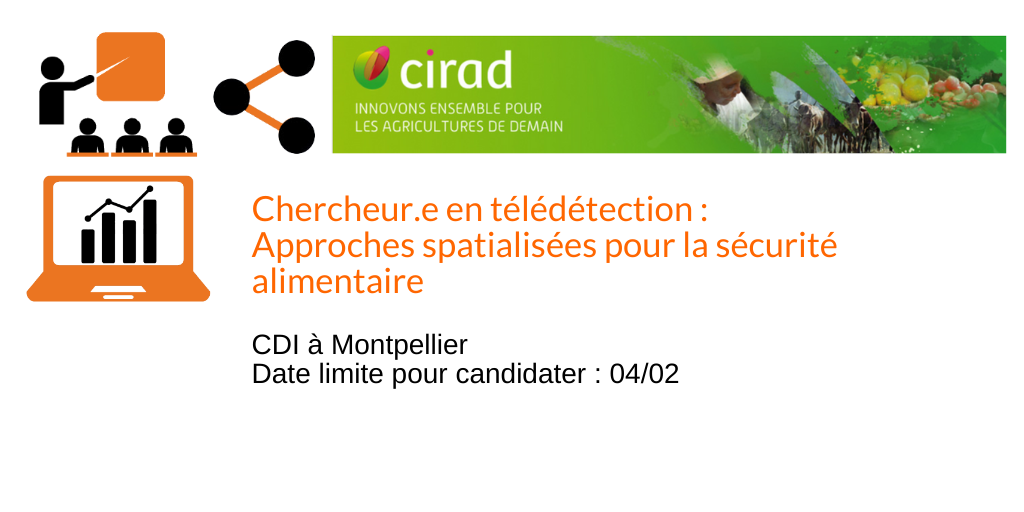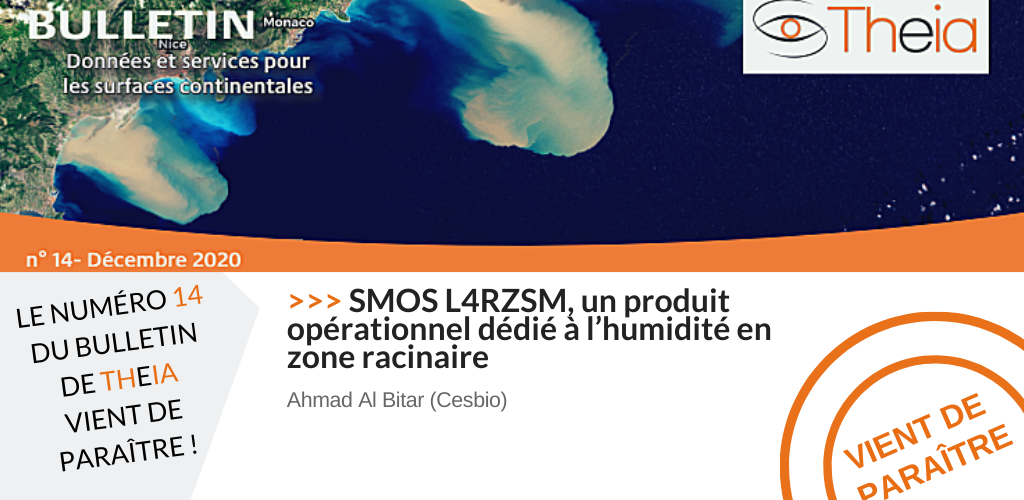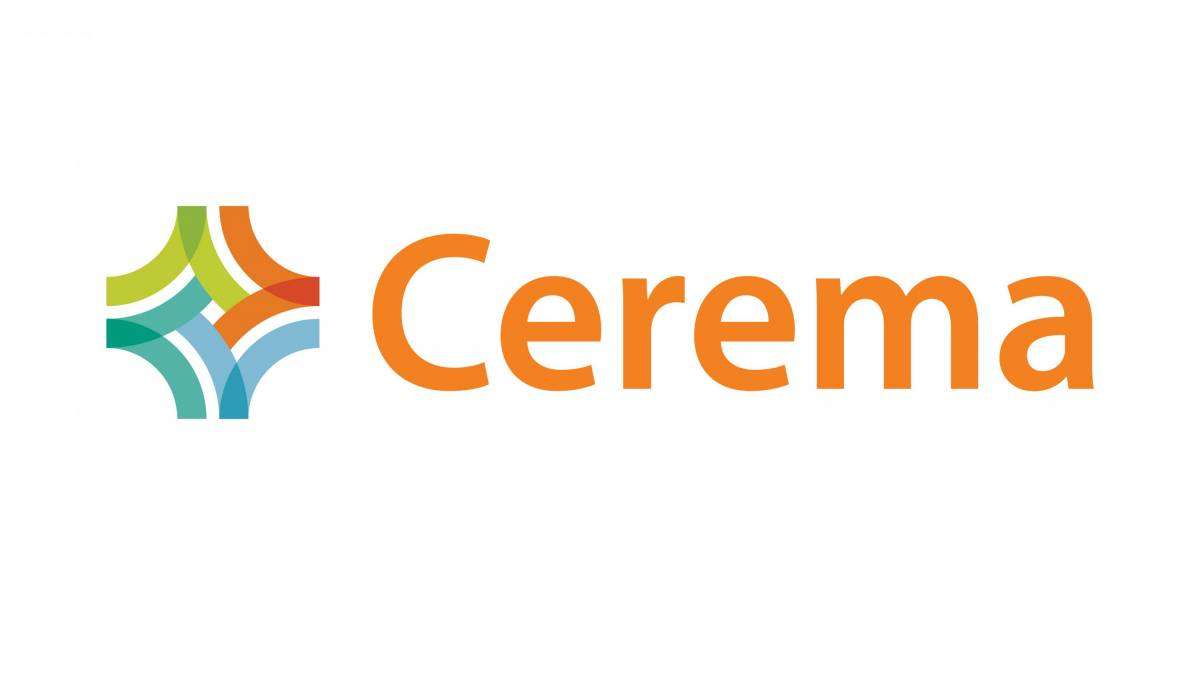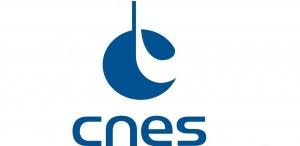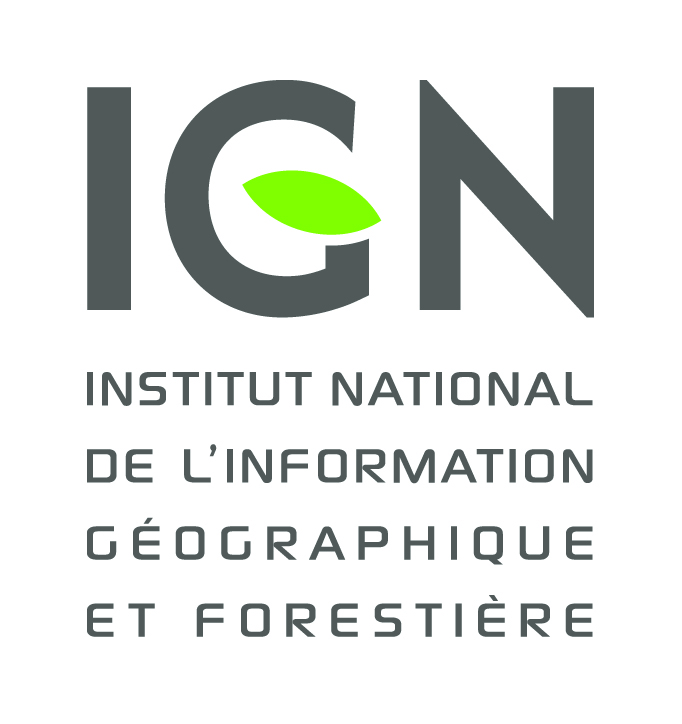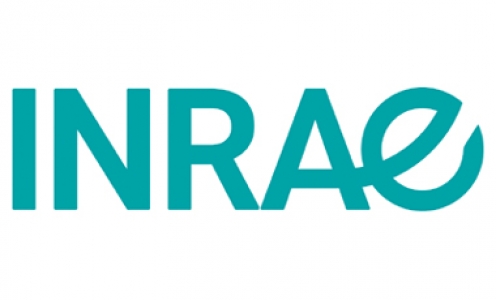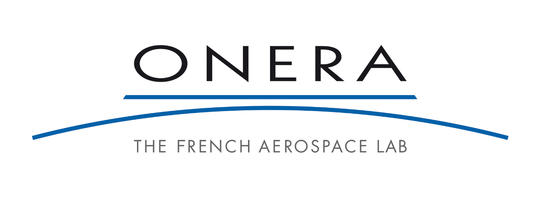CDD|Carbon cycle monitoring using microwave remote sensing data
The SMOS (Soil Moisture and Ocean Salinity) satellite is a passive microwave interferometer that is providing, for the first time, L-band (1.4 GHz) observations of the Earth since 2009. The multi-angular capability of SMOS allows retrieving simultaneously soil moisture and the optical depth at L-band, which is mainly related to vegetation water content and is known as L-band Vegetation Optical Depth (L-VOD). L-VOD is highly sensitive to above ground biomass and can be used to monitor the evolution of large scale carbon stocks and for data assimilation into carbon cycle models… => read more
Duration: 1 year
Inquires and applications (resume and motivation letter) should be sent before January, 31st, 2021, by e-mail to Nemesio Rodriguez-Fernandez (nemesio.rodriguez @cesbio.cnes.fr) and Arnaud Mialon (arnaud.mialon @cesbio.cnes.fr)

